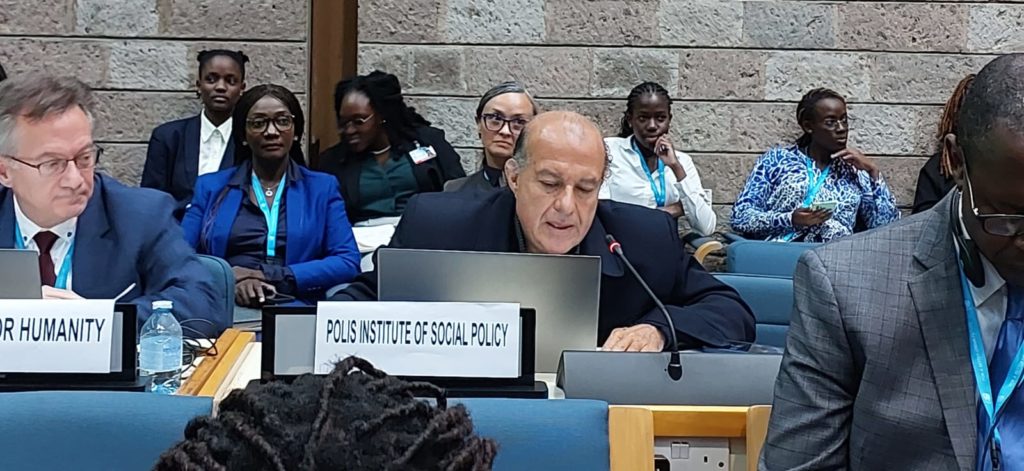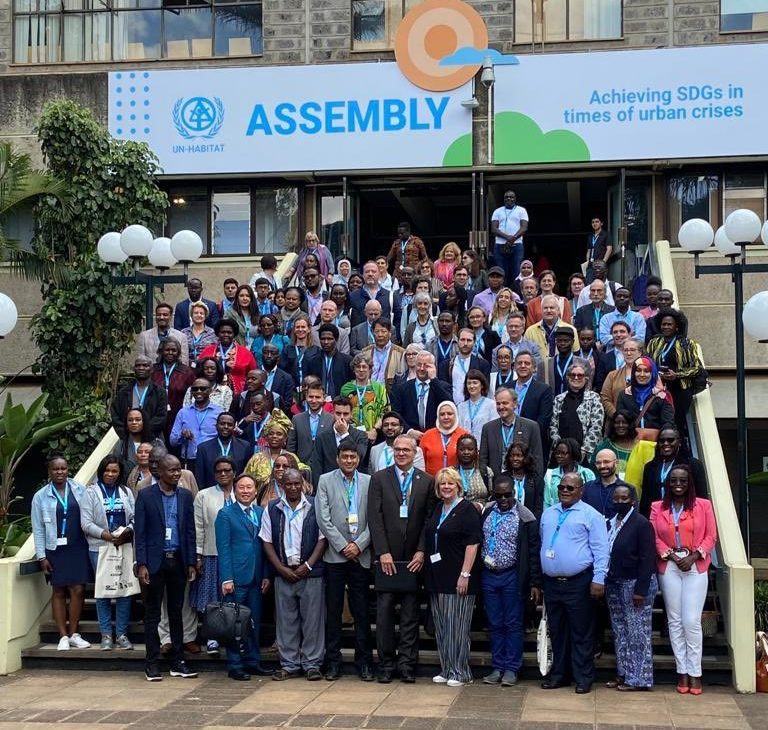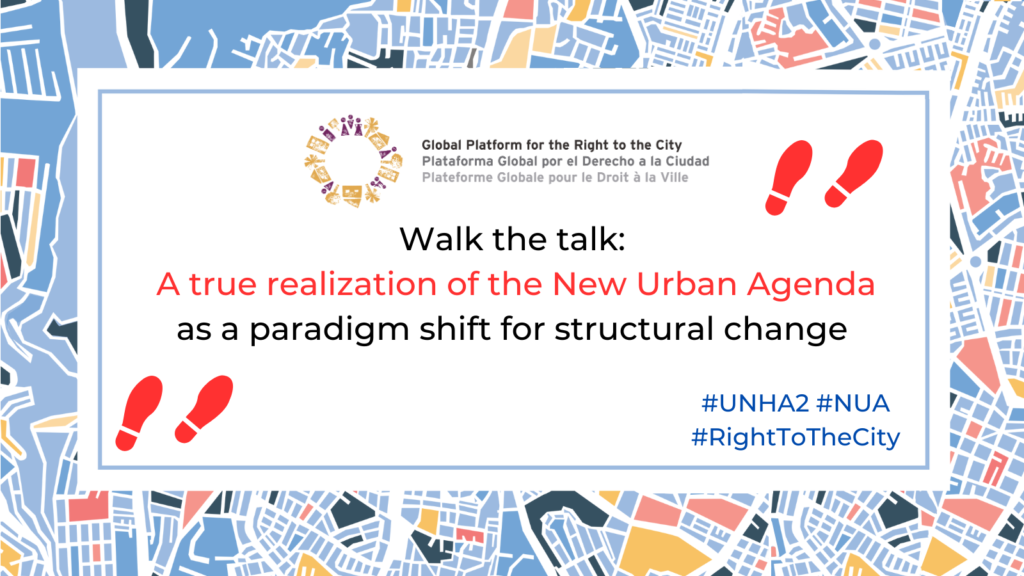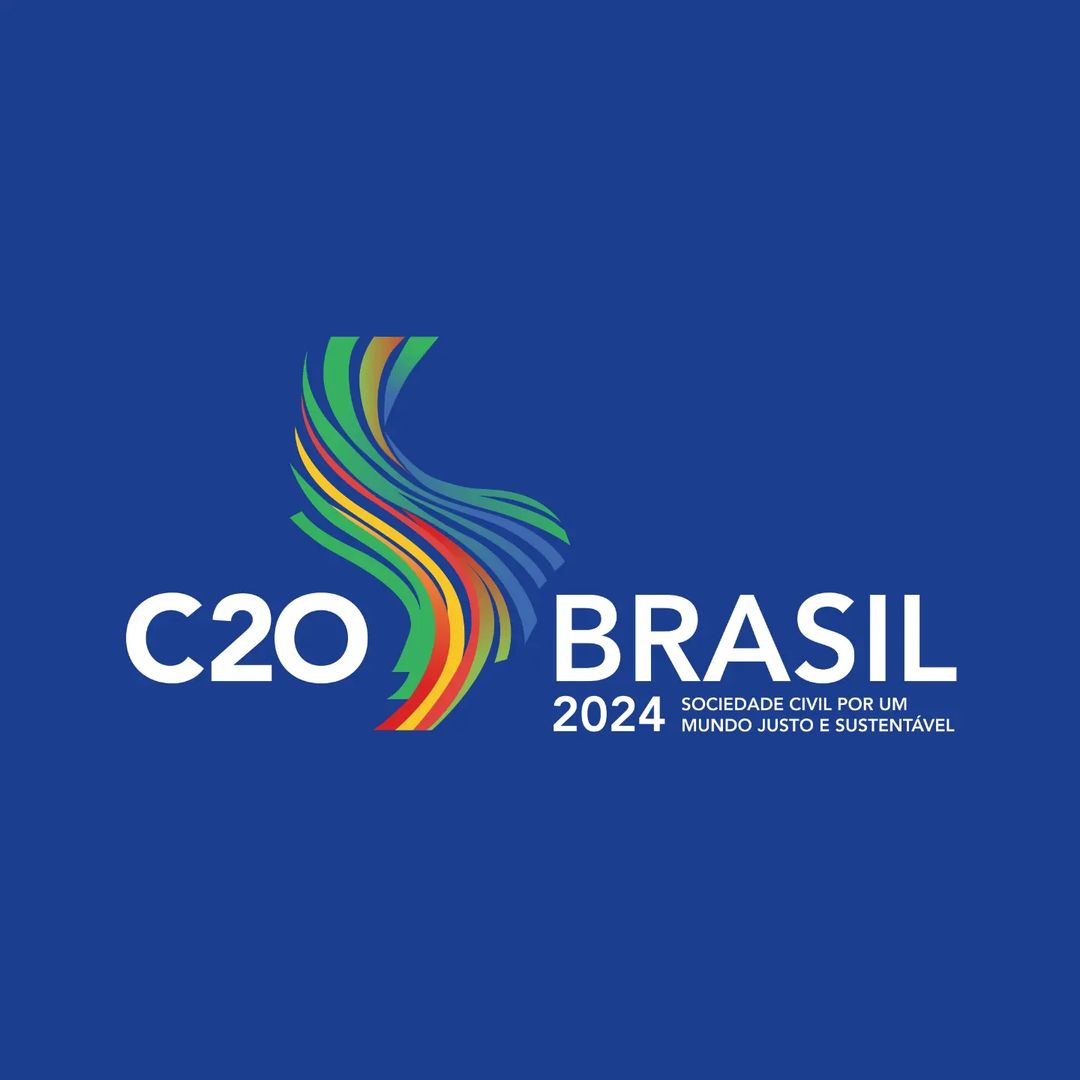
Quito, Ecuador. Photo by Ariel Tutillo on Unsplash
Because for the members and allies of the Global Platform for the Right to the City (GPR2C) it is a great responsibility, even if the obligation lies with States.
It is a great responsibility because thanks to the coordinated mobilization and tireless advocacy efforts of international civil society and local governments networks, the Right to the City was included as part of the “shared vision” guiding the New Urban Agenda (NUA), the declaration resulting from the third United Nations Conference on Human Settlements (Habitat III, Quito 2016). Since then, more than 7 years ago, we have been committed to monitoring and supporting the implementation of the Right to the City and the NUA. We have witnessed progress and setbacks in the debates and processes.
Although the obligation to implement NUA commitments rests with states, civil society organizations are leading transformative initiatives at the local level, with care and the commons at the centre. This cannot be done without the political and financial commitment of states, as well as continued support for actions led by civil society, social movements and local governments. It also requires strong and sustained monitoring mechanisms, with the participation and engagement of diverse actors.
For these reasons, GPR2C’s members and allies were in Nairobi to actively participate in the second session of the UN-Habitat Assembly (5-9 June 2023).

Nelson Saule at the Second UN – Habitat Assembly (June 2023).
During the Plenary, Nelson Saule, GPR2C’s co-coordinator, delivered the collective statement: Walk the talk: a complete realization of the NUA commitments for structural change, to call on UN Member States and UN-Habitat to:
|
Takeaways of the Second Session of the UN-Habitat Assembly
New and old commitments
We welcome the adoption of the Ministerial Declaration and 10 resolutions during the Assembly, but we harbour no expectations. Seven years ago 147 commitments were adopted in the New Urban Agenda, and we see no progress. This requires political will to change the dominant models of economic development, with an increasing tendency towards financialisation and commodification of essential social goods and services, to alternative approaches that put people and nature at the centre.
Moreover, since the adoption of the NUA – a pioneering document that contains the right to the city in its general vision – we see the growing recognition of the principles of the Right to the City through other instances such as the Human Rights Council, while at the same time we observe a greater commitment of local and regional governments to its vision and principles. However, despite its inclusion in the NUA, we have seen a further invisibilisation of the Right to the City and its principles in UN-Habitat’s work, with the agency opting for a greater focus on mainstreaming the 2030 Agenda, leaving aside core commitments and privileging a technocratic and results-based approach to urban development.
Multilateralism

Delegates and stakeholders at the Second UN-Habitat Assembly (June, 2023)
“Local action and effective and inclusive multilateralism are indispensable for global progress”, tweeted Ms. Maimunah Sharif, UN-Habitat executive director.
We welcome the fact that the role of local governments, as crucial partners for a renewed multilateral system, has been claimed by several voices, especially during the World Assembly of Local and Regional Governments. We are witnessing that local governments are taking the implementation of the New Urban Agenda more seriously than States. As the sphere of government closest to communities, they have a deep understanding of their experiences and aspirations.
The joint statement to the Assembly of the organised constituency of local and regional governments affirms that “guaranteeing the Right to the City for all individuals and communities is a necessity and an extraordinary lever to achieve the 2030 Agenda“.
However, the role of civil society was claimed by the few civil society organizations present at the Assembly – Habitat for Humanity, World Blind Union, Cities Alliance , SDI – and many more actively present on social media. The NUA and Agenda 2030 commitments will not be attained unless civil society can participate fully and contribute meaningfully to UN-Habitat agendas setting, deliberations and implementation process. Civil society committees to UN-Habitat meetings and establishing effective communication channels and methodologies for civil society engagement are fundamental to secure a better world for all. One option may be to advance the stakeholder participation mechanism being discussed at UN-Habitat, but for this to be effective it is essential that it is based on concrete avenues for decision-making and participation of non-state actors.
“Many civil society orgs and local government coalitions have proven that we’re not simply channels for the local implementation of global agendas but the drivers of a critical political process to make human rights tangible for all”, highlighted Adriana Allen, HIC’s President.
UN-Habitat strategic plan
During the Assembly, the Strategic Plan was agreed to extend it by two years (2020-2025) to consolidate work and increase impact. UN-Habitat is preparing the 2026-2029 Plan. The Secretariat outlined three new policy areas—adequate housing, climate action, and urban crises recovery—to be added in the new plan, as well as two new drivers: SDG localization and financing. He said the intention is to ensure the new plan has a stronger evidence base, incorporates lessons learned, and provides for more monitoring and reporting on project delivery and impact.
We ask for a truly participatory assessment of the UN-Habitat strategic plan, supporting the participation of civil society, local and regional governments, and other stakeholders through a democratic, inclusive and self-organized Stakeholder Engagement Mechanism. This includes enhancing the rights-based approach in the territory, by operationalizing the NUA principles and commitments with a comprehensive monitoring and evaluation framework, considering the intersectional aspects of urban inequalities and the disaggregated and qualitative monitoring indicators to better address just and sustainable development of human settlements across the human habitat.
Let’s walk the talk: a complete realization of the NUA commitments for structural change
Civil society and local government organizations call on UN Member States and UN-Habitat to act on their NUA commitments. The Habitat III process reflected the deliberation of various actors to collectively commit to actions that make our cities, villages, territories and human settlements more just, inclusive, safe and sustainable. Key issues emerged toward the adoption of the New Urban Agenda (NUA), in particular regarding the respect, protection and fulfillment of human rights under the umbrella of the Right to the City, including women’s full and effective participation and equal rights; combating and preventing speculation, displacement, homelessness and forced evictions; ensuring the social and ecological functions of housing, land and the city;the need to further decentralise decision-making processes and to reverse the allocation of resources and prioritise investments for the improvement of popular neighbourhoods and informal settlements and peripheries; the recognition of cities as common goods; and the democratic management of cities and territories through more participatory and inclusive approaches, such as the social production of habitat.

|
Discover more about the specific campaign of the GPR2C at the Second UN-Habitat Assembly here! |




